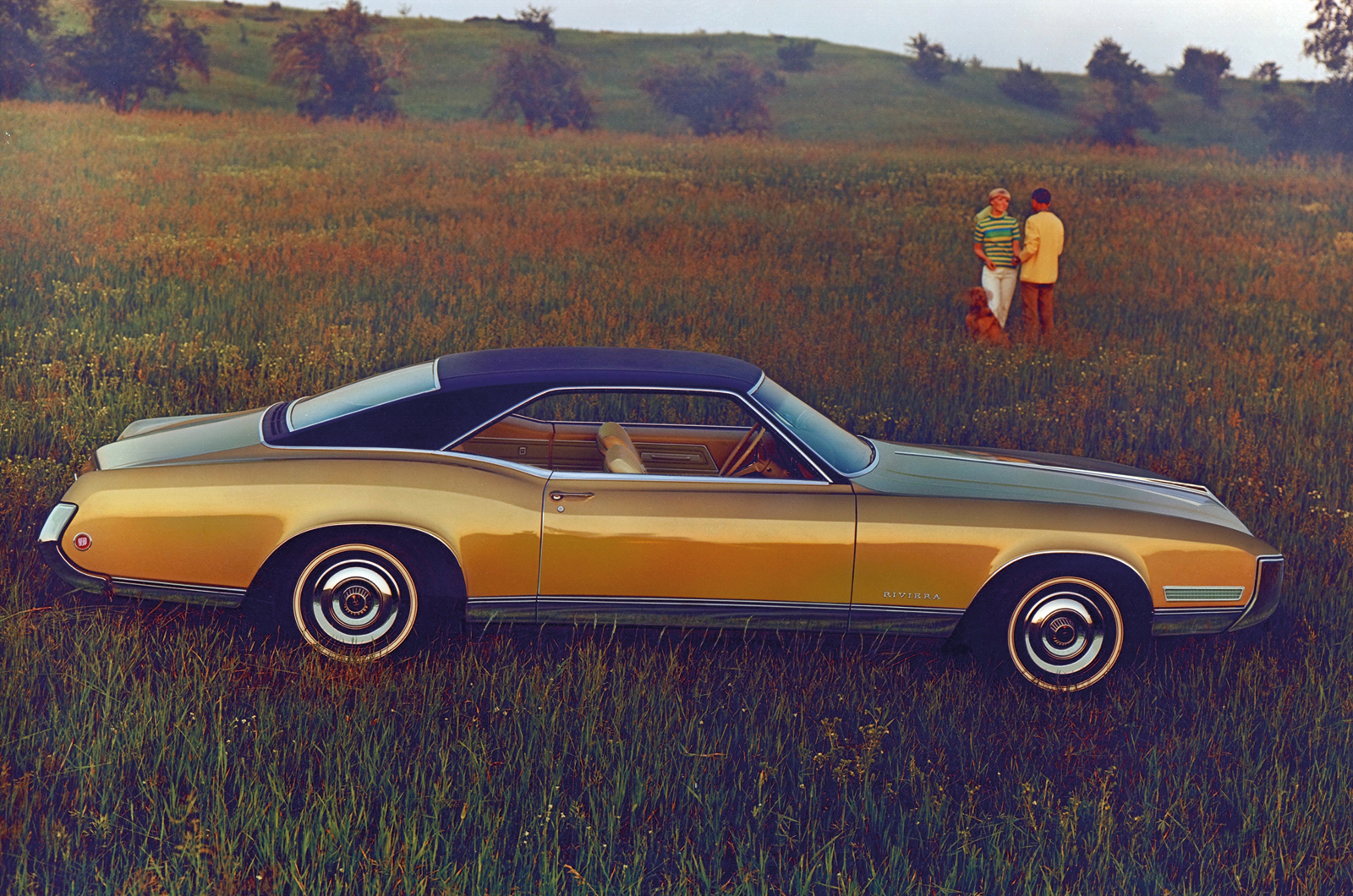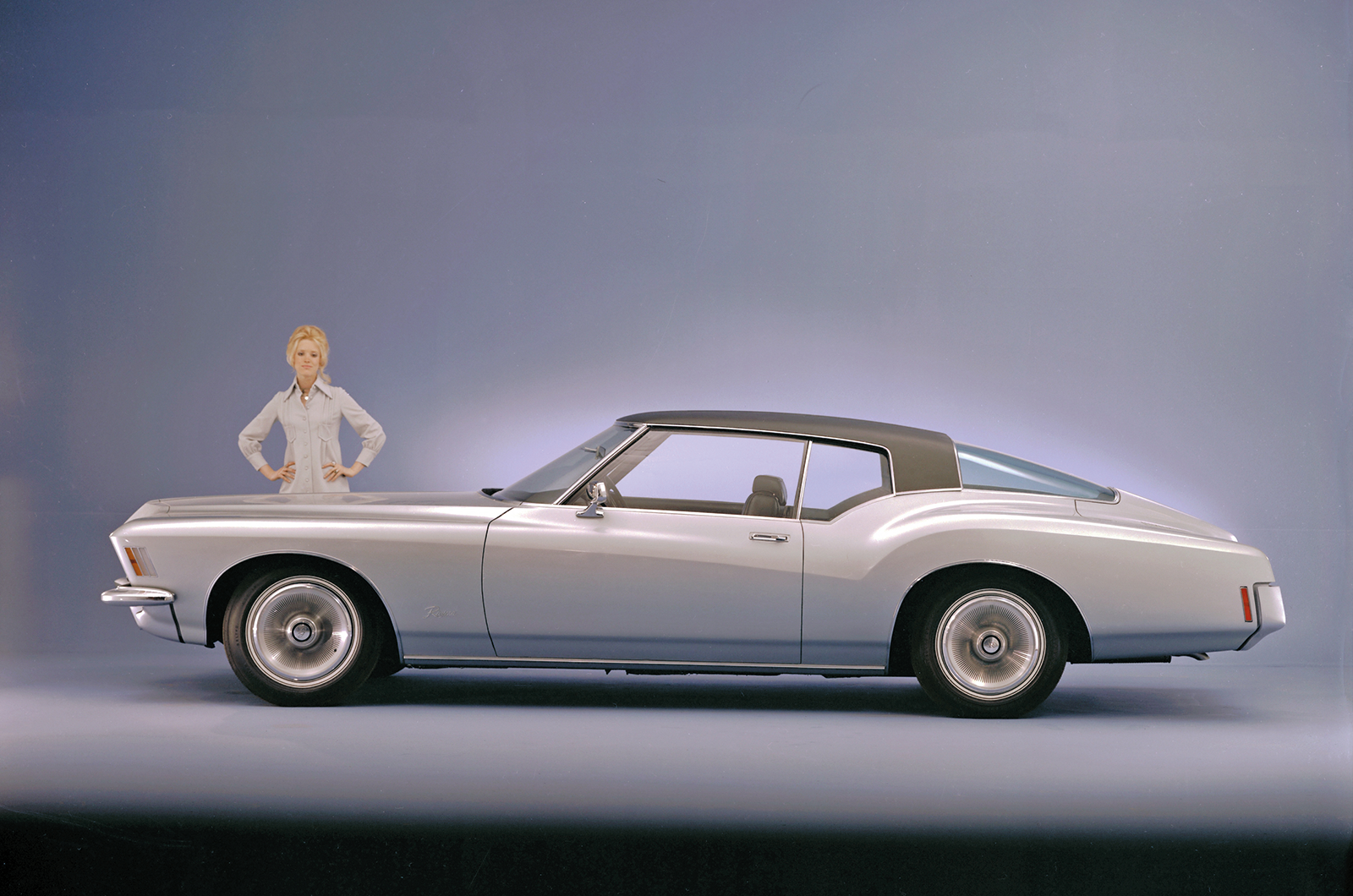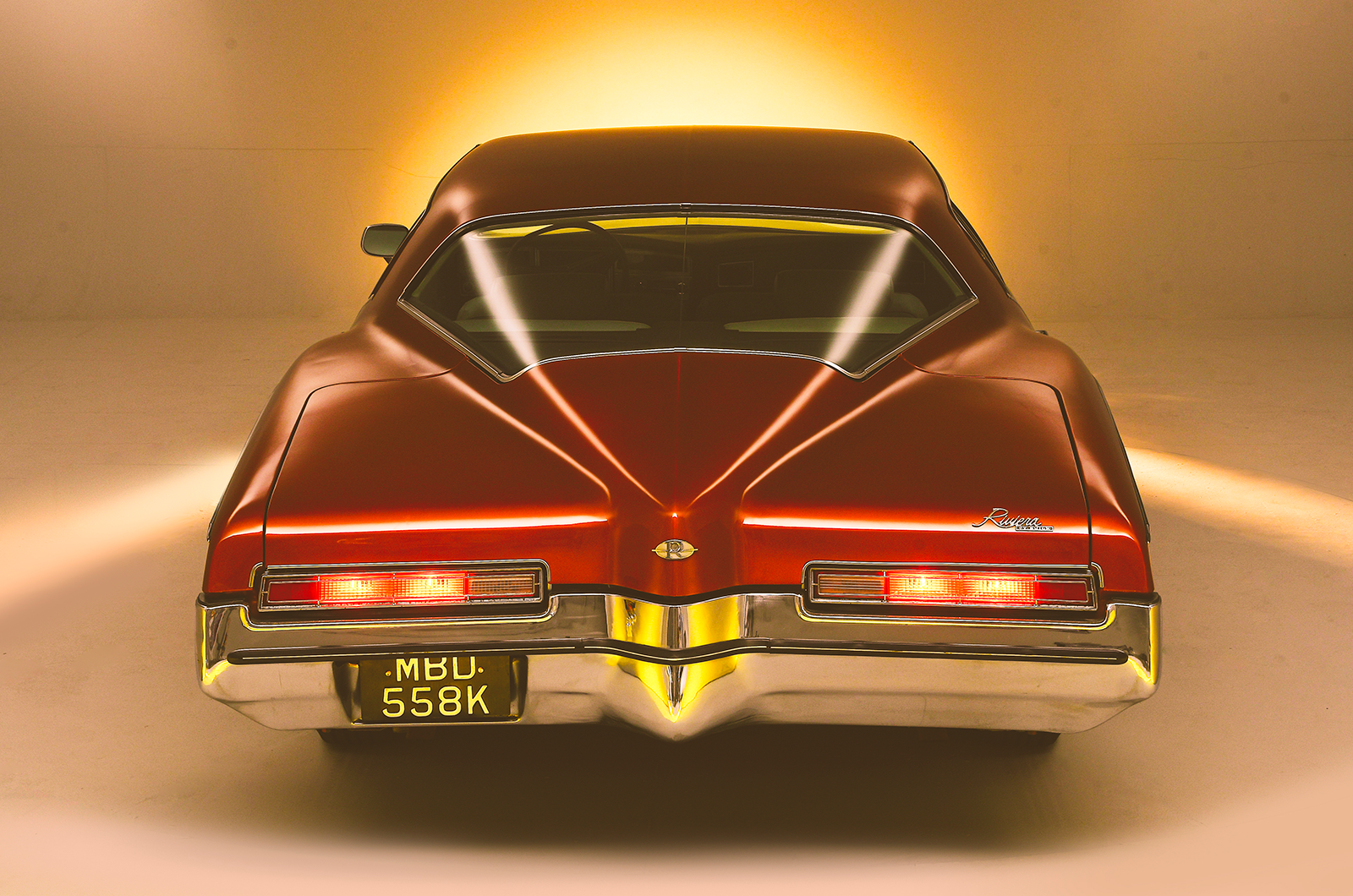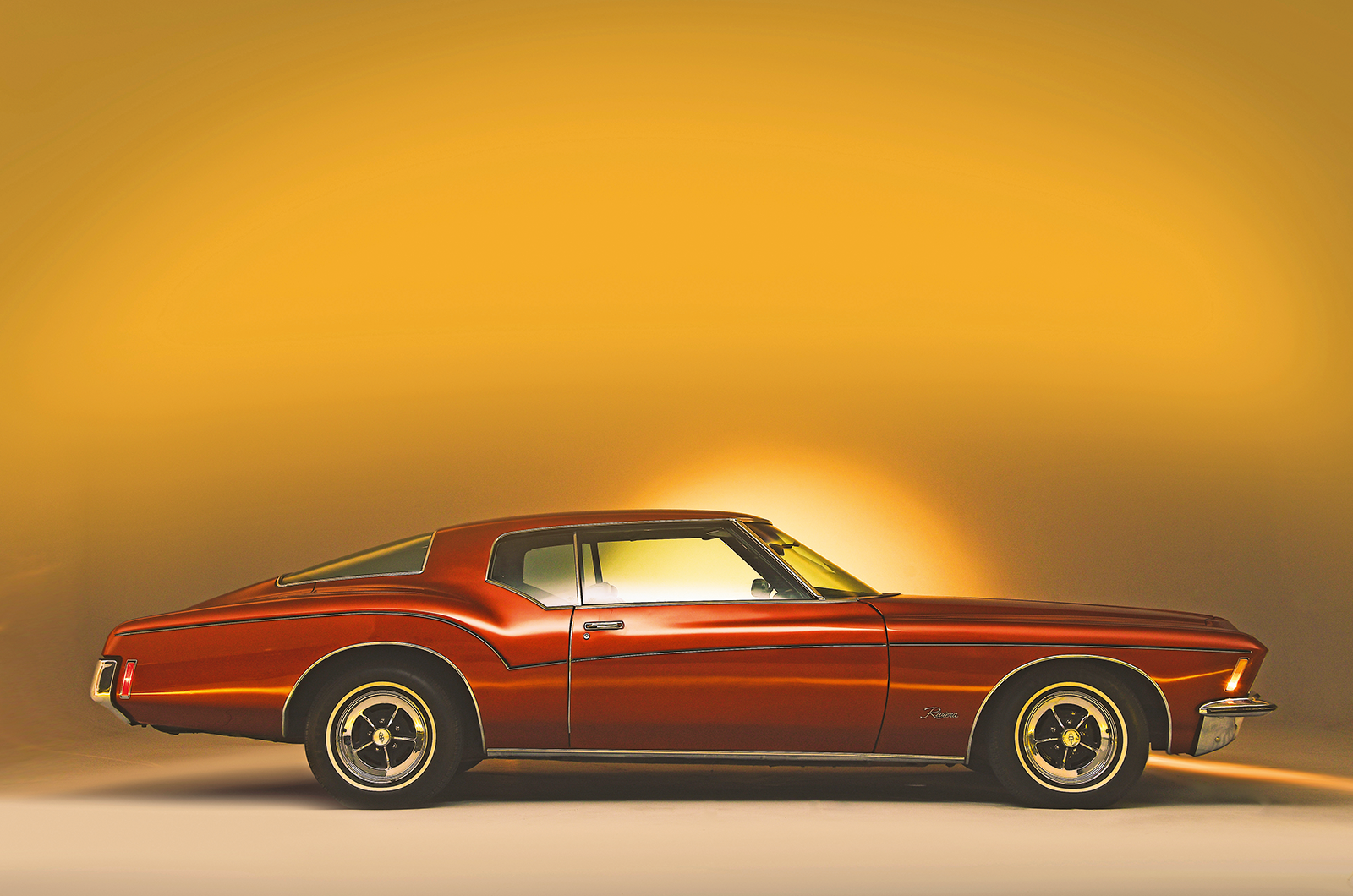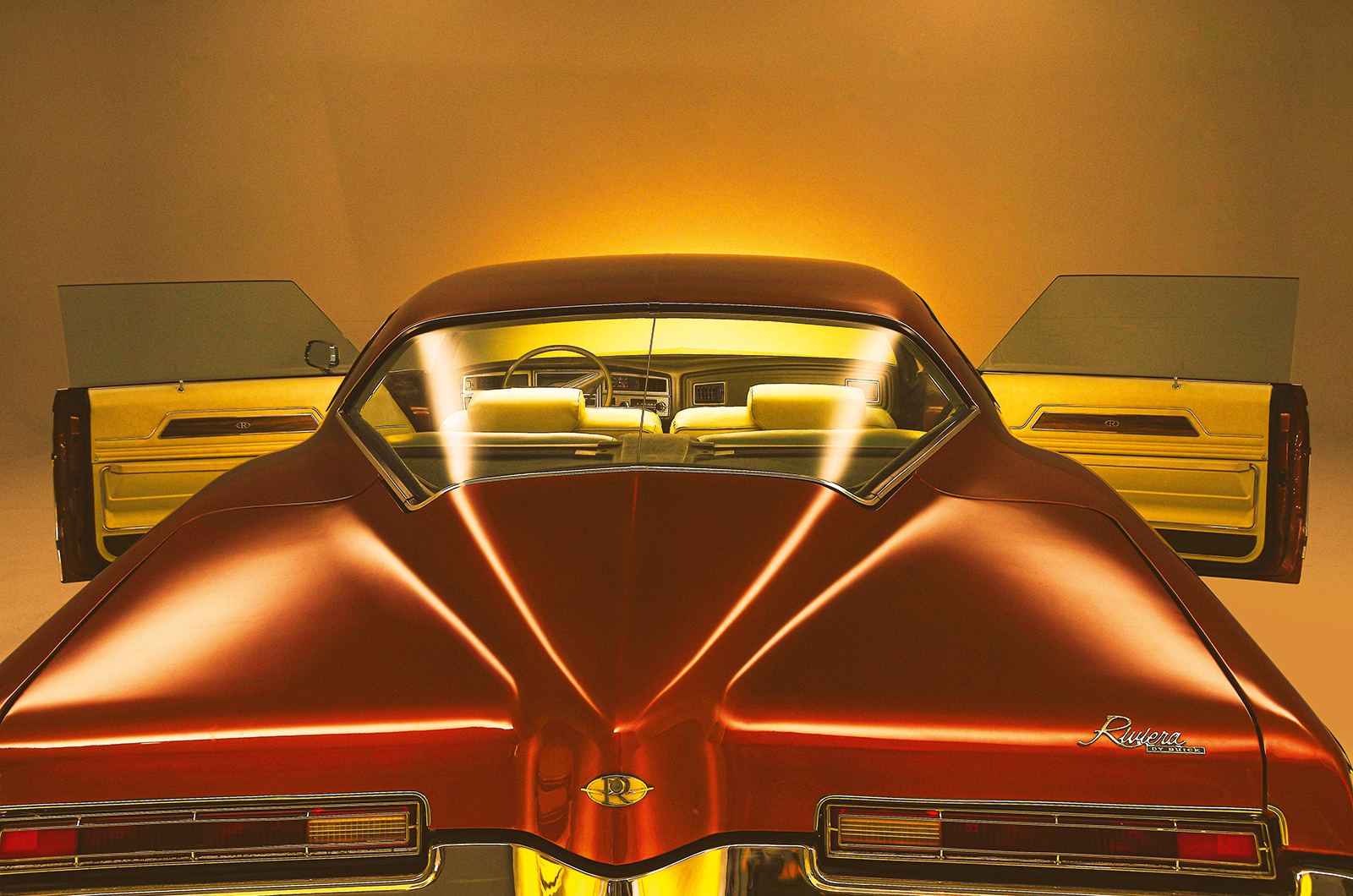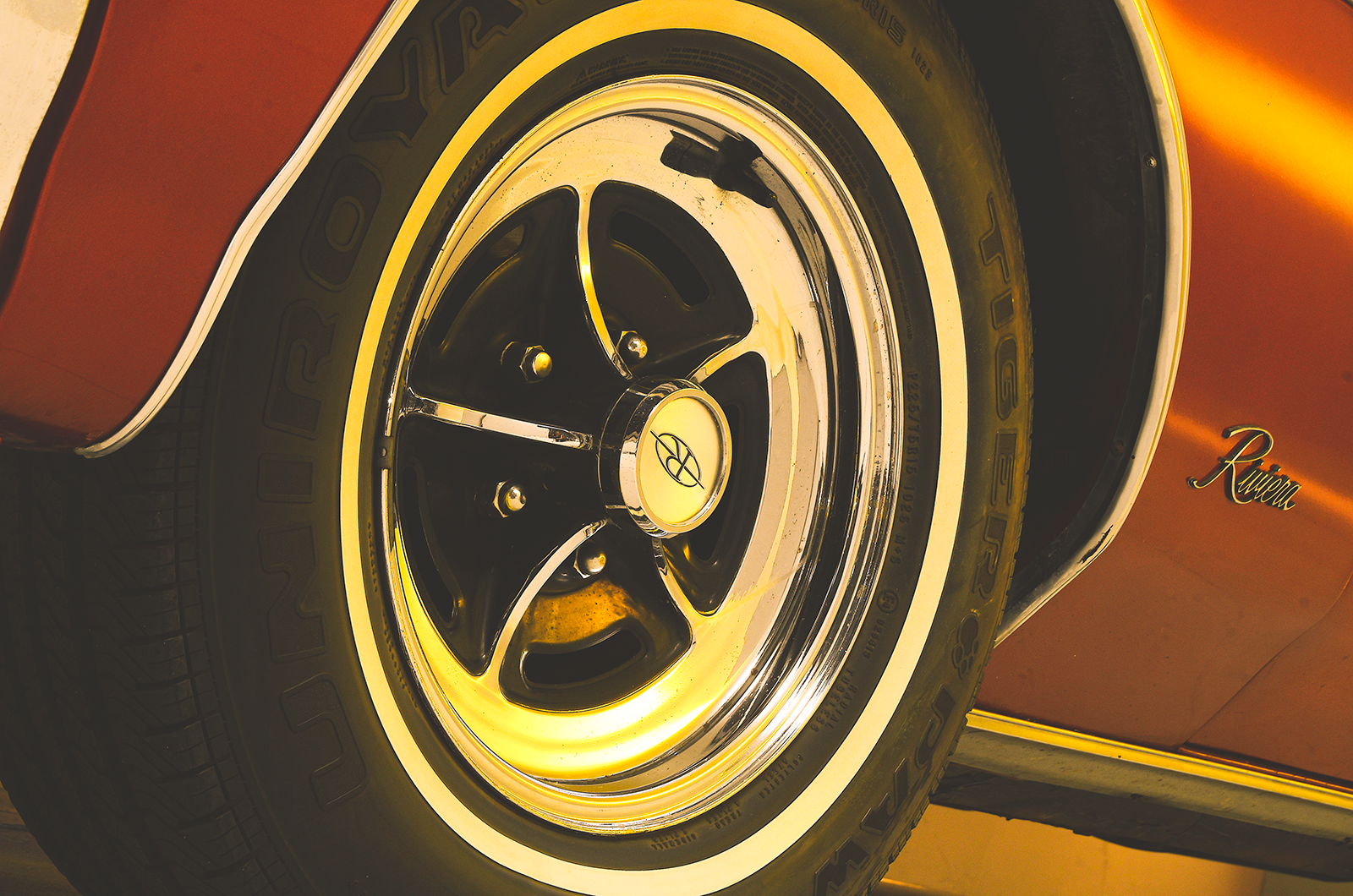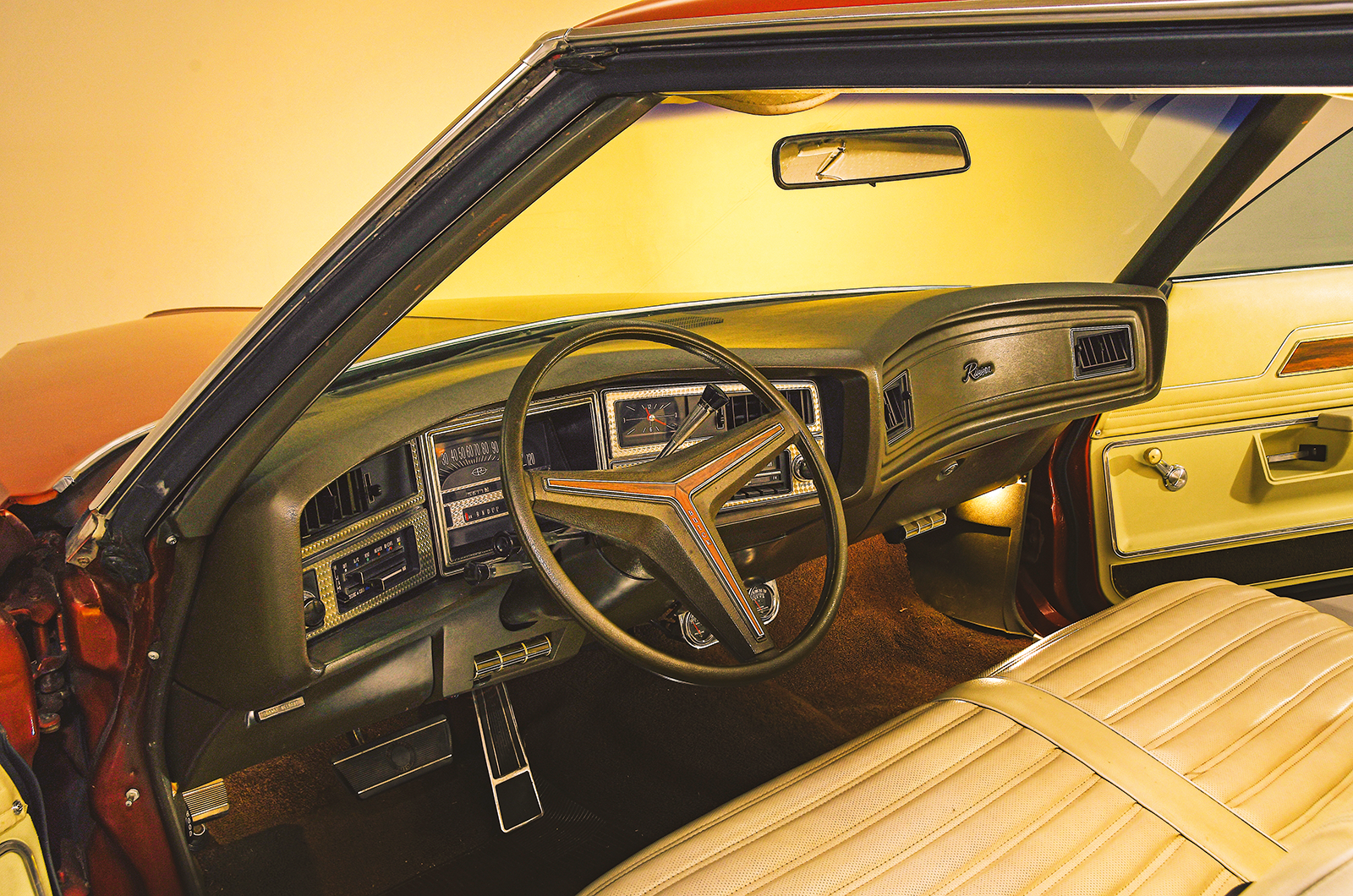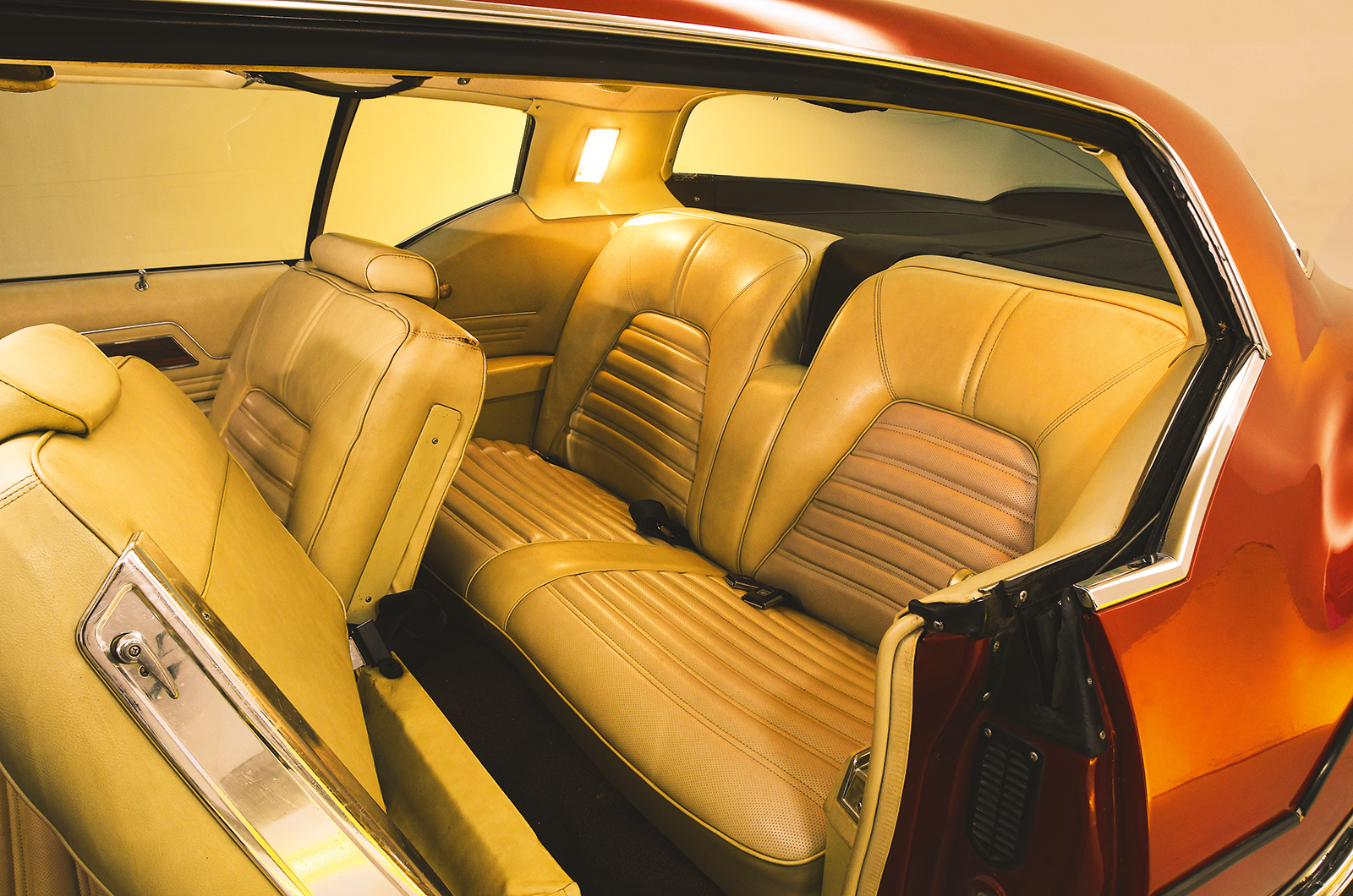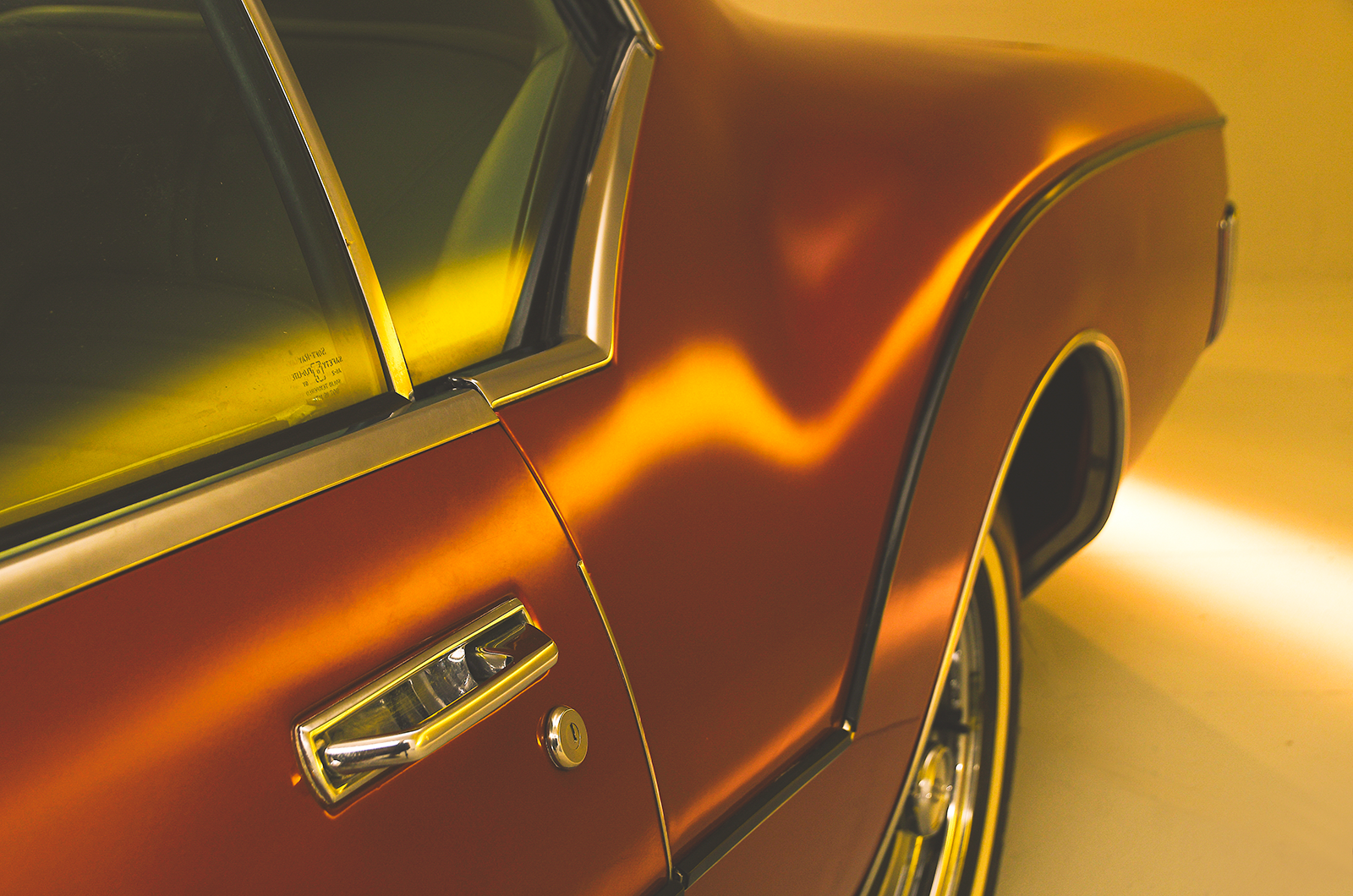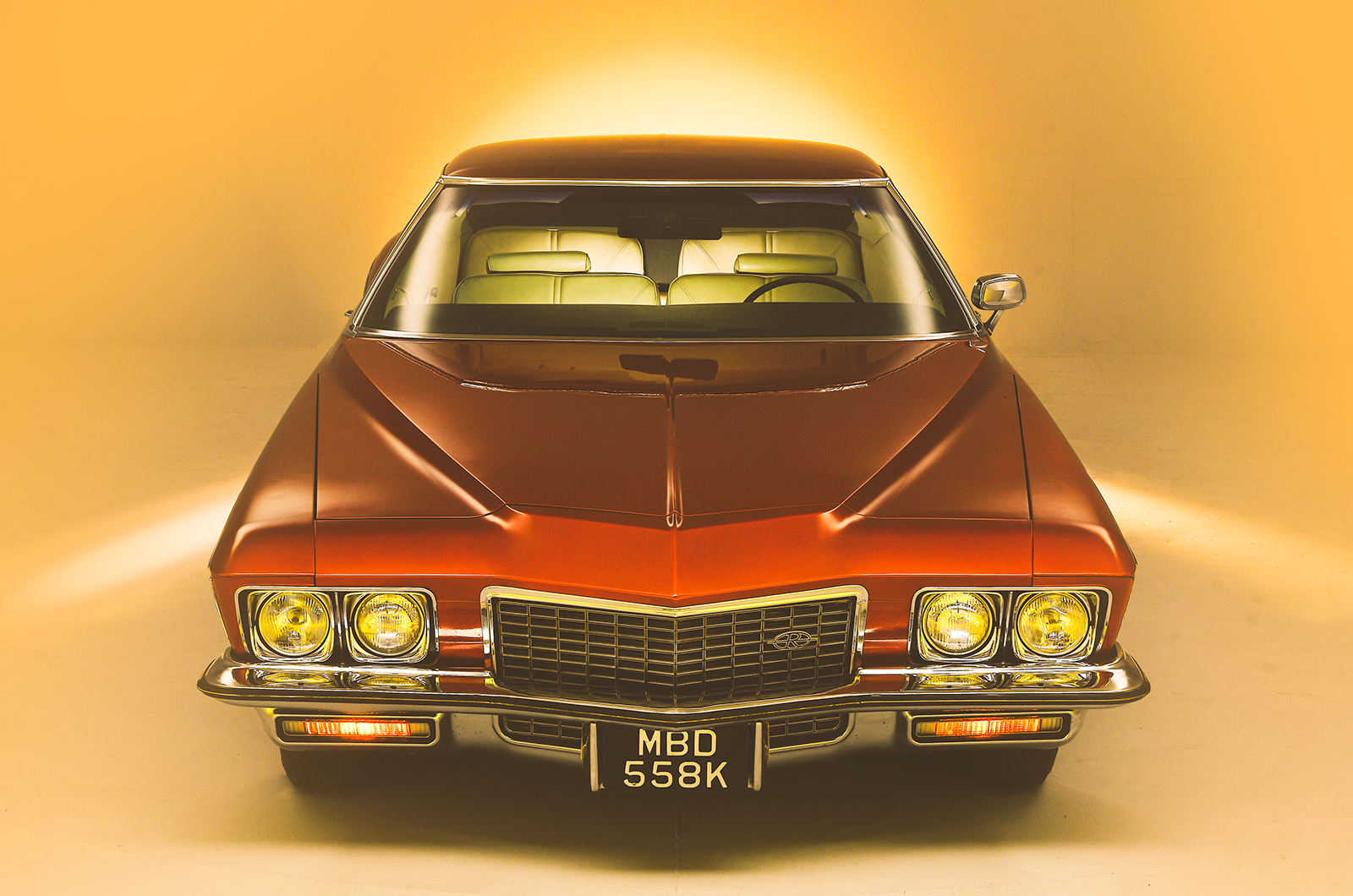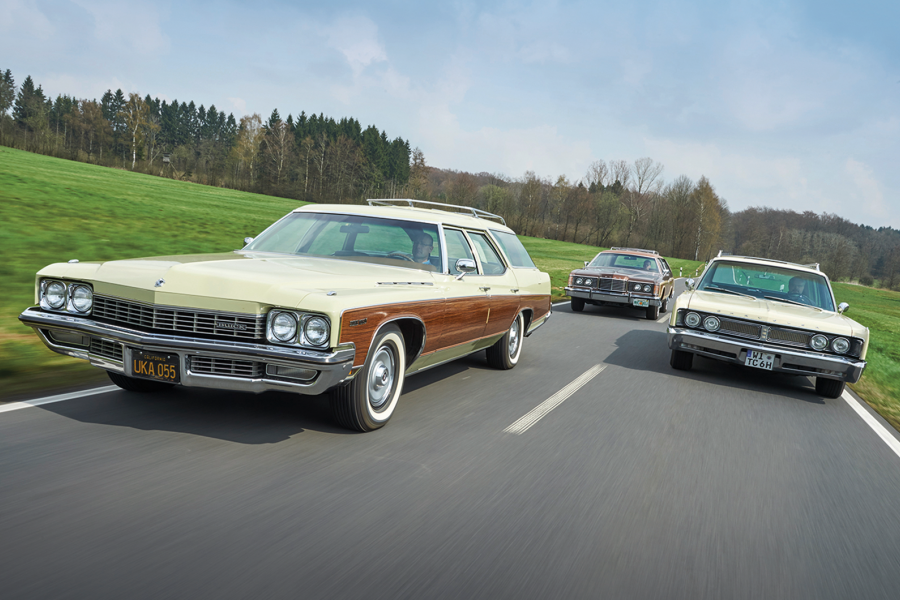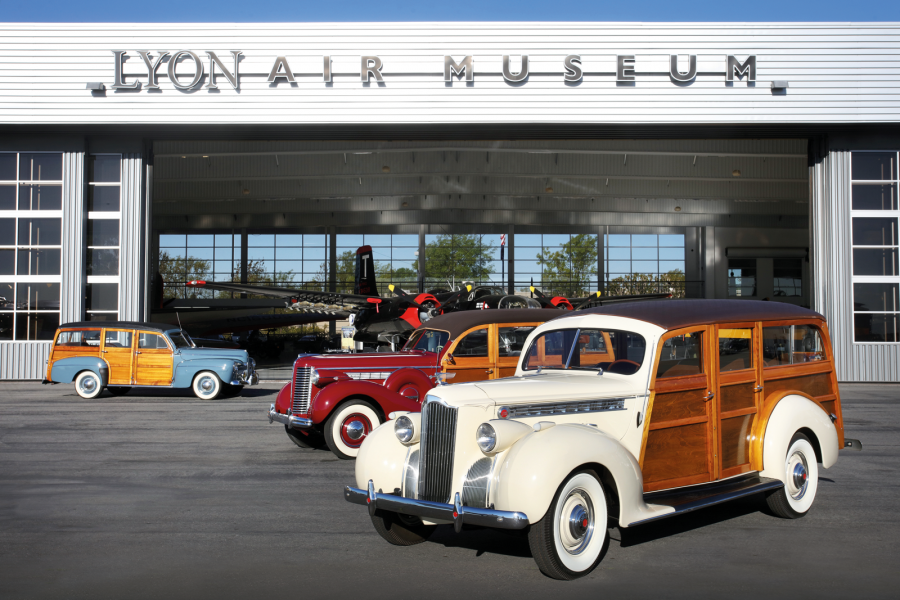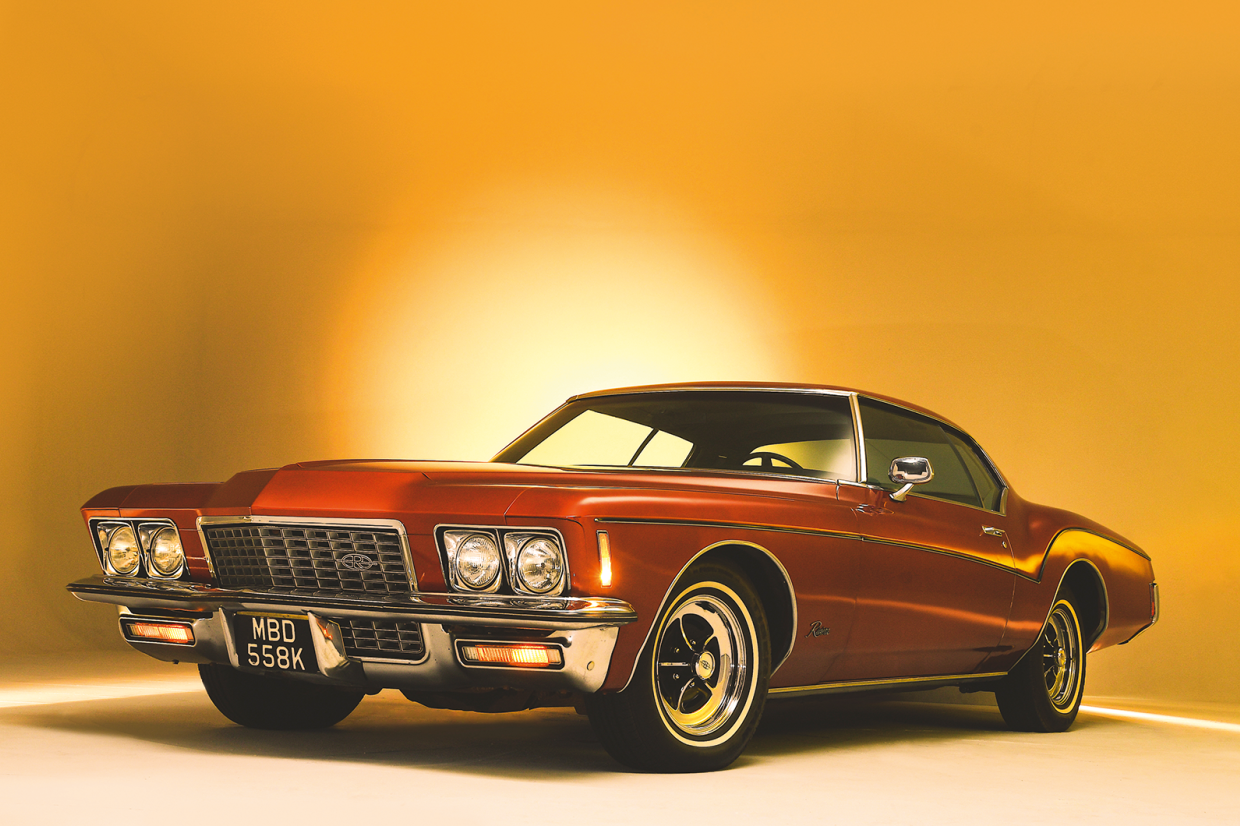
Some cars just end up tainted.
The 1963-’65 Buick Riviera is the darling of the American-car scene, and with good reason: its stunning shape, styled by Ned Nickles under legendary General Motors design supremo Bill Mitchell, is arguably the finest to emerge from Detroit since, well… ever.
Yet the 1971-’73 model that followed, the last of the truly bespoke Rivieras before the slide into bland GM badge engineering, sits in its shadow.
Too radical for buyers when it was new, this once-range-topping ‘Personal Luxury Car’ was swiftly relegated to the back row of the used-car lots.
{"preview_thumbnail":"/sites/default/files/styles/video_embed_wysiwyg_preview/public/video_thumbnails/nB_3brhGX6M.jpg?itok=MZaW_OS0","video_url":"https://www.youtube.com/watch?v=nB_3brhGX6M","settings":{"responsive":1,"width":"854","height":"480","autoplay":0},"settings_summary":["Embedded Video (Responsive)."]}
That bargain-bin image can’t have been helped by its appearances on both the big and small screens. Where the ’65 even has its own critically acclaimed art-house movie dedicated to it, the 1971-’73 is invariably the transport for hoods, pimps and generally unsavoury characters, its fate more often than not the crusher after a violent pursuit with a fiery conclusion.
Its cinematic heyday was the 1990s, when a relic of the early ’70s was the perfect villain’s accessory – cheap to buy, with plenty of gangster chic.



